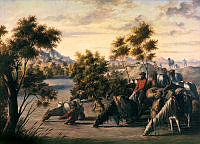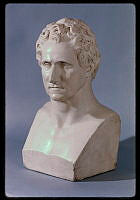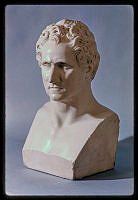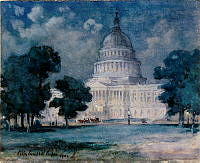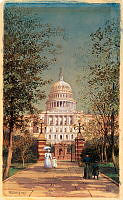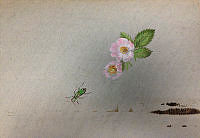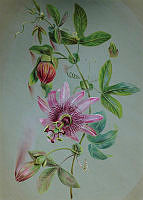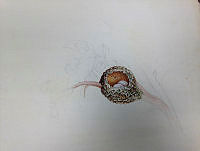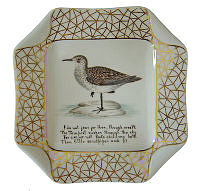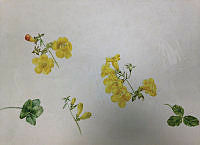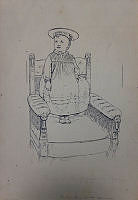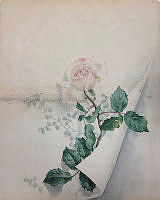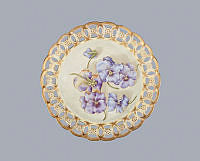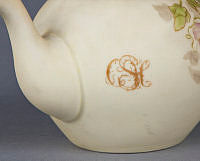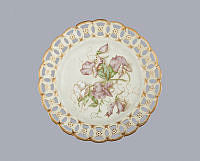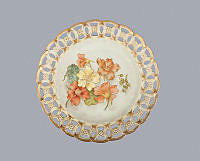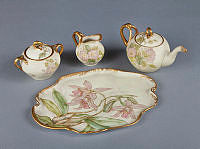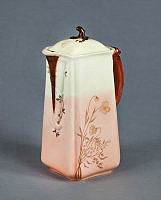Horses Quenching Their Thirst, Camels Disdaining, Decatur House Collection
This oil on canvas painting of the U.S. Camel Corps was completed by Ernest E. de F. Narjot in 1867. The painting depicts horses drinking eagerly with camels in the background. The painting highlights the usefulness of camels as back animals in the American southwest during military operations and had been championed by Gen. Edward Beale. Beale was a western adventurer naval officer, explorer, frontiersman, superintendent of Indian affairs, California rancher, and later a diplomat. Beale would help form the U.S. Camel Corp and the experiment lasted from 1856-1866. This painting commemorates the corps and is part of the Decatur House Collection.
The Decatur House, which is also home to the David M. Rubenstein National Center for White House History, was completed in 1818. It was the third building on Lafayette Square and its first private residence. It was designed by Benjamin Henry Latrobe, the architect of the Capitol and several other famous buildings, for Commodore Stephen Decatur (1779-1820) and his wife, Susan Wheeler Decatur. Tragically, on March 22, 1820 Stephen Decatur was mortally wounded during a duel. After his death, his widow Susan Decatur rented out the house to foreign ministers and several secretaries of state. The house was eventually sold and passed through several hands, including the Gadsby family, the U.S. Subsistence Bureau, and the Beale family. Marie Ogle Beale, a society maven and the last owner left the house to National Trust for Historic Preservation in 1961. In 2010, the White House Historical Association and National Trust entered into a co-stewardship arrangement of Decatur House.






